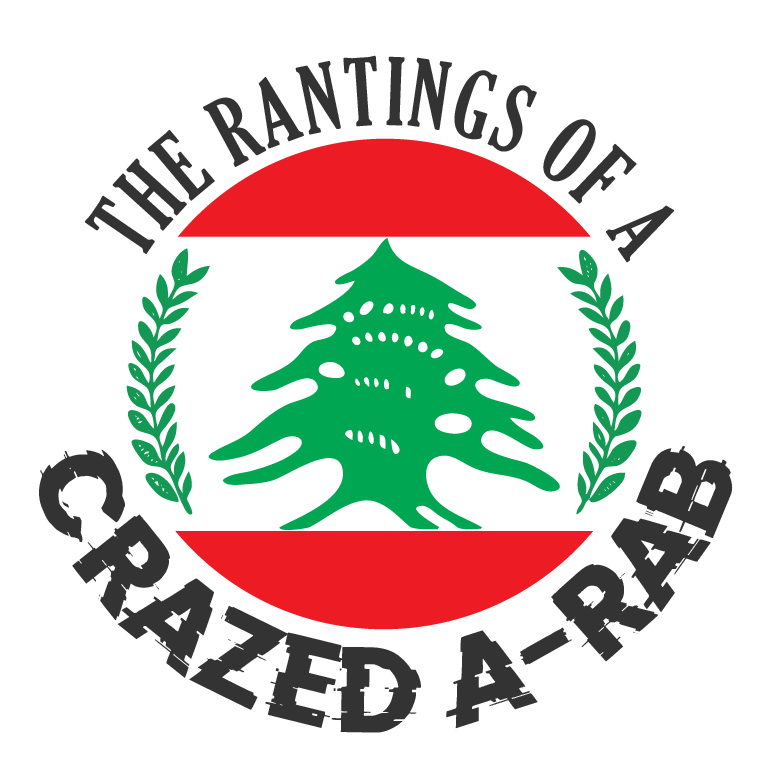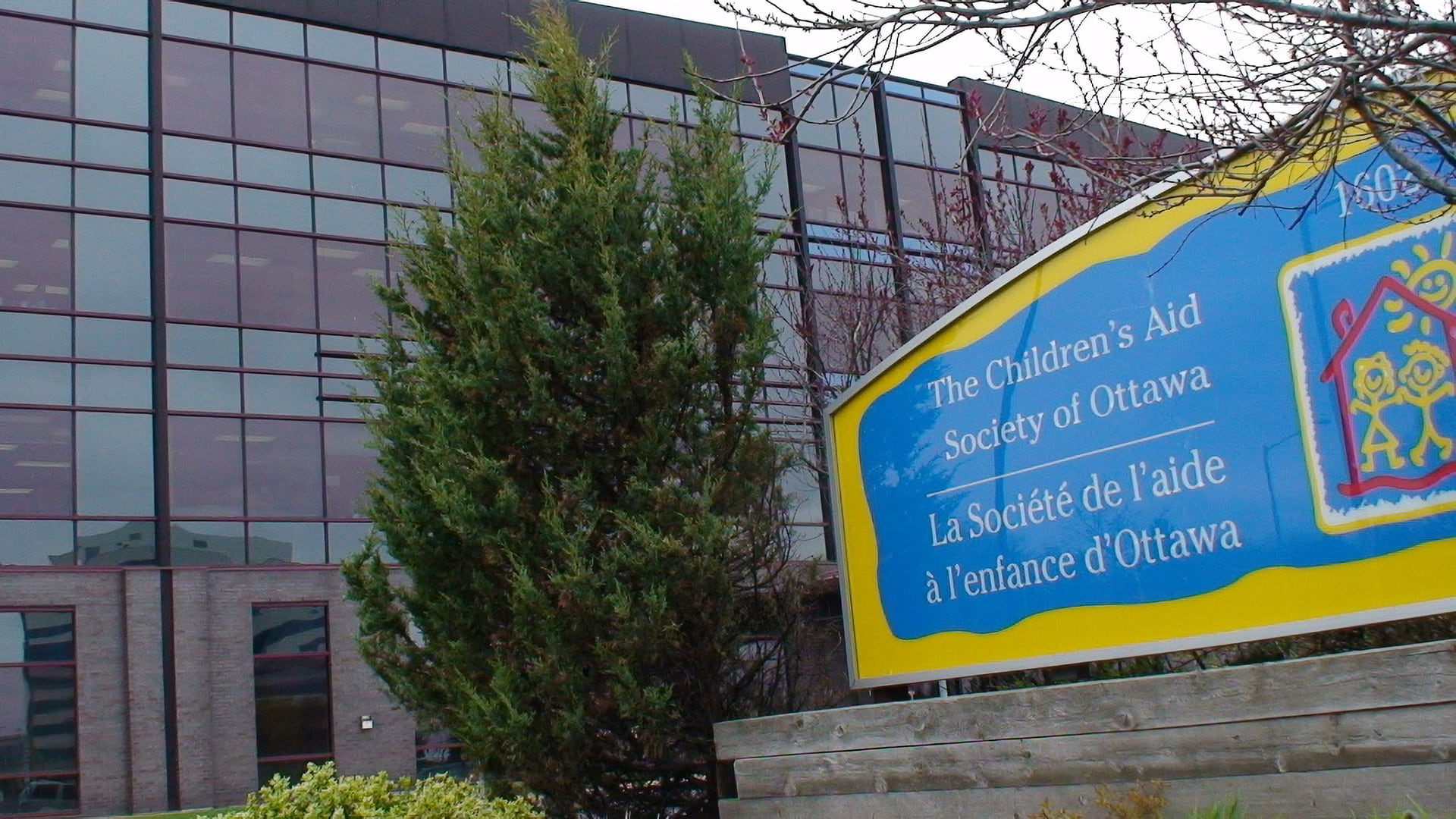Back with another deep dive, and today we’re going to unravel the complex and often controversial role of the Children’s Aid Society (CAS) in Canada. Originally founded with the seemingly noble goal of protecting vulnerable children, the CAS has a history riddled with both commendable efforts and deeply troubling actions, particularly towards People of Color (POC).
The Children’s Aid Society was founded in 1891 by Charles Leslie, a philanthropist and social reformer. Its initial purpose was to safeguard children from neglect and abuse, and to provide them with welfare services. The intent was admirable: to offer those most vulnerable in society a sanctuary and a chance for a brighter future. However, the implementation and subsequent actions of CAS have proven to be far more complicated, and in many cases, far more sinister.
From its inception, the CAS’s relationship with communities of color has been fraught with tension, discrimination, and systemic biases. In the early 20th century, Canada’s social services, CAS included, operated with a Eurocentric bias, often viewing non-white, non-Christian families as inherently dysfunctional or unfit. This led to disproportionately high rates of child removals from Indigenous, Black, and immigrant families—actions often justified under the guise of “civilizing” missions or assimilatory policies.
Fast forward to today, and the trends, unfortunately, continue. Studies indicate that Indigenous children are significantly overrepresented in the child welfare system. Despite being only 7.7% of the child population, Indigenous children represent over 52.2% of those in foster care. Black families also face similar systemic prejudices, with their children often being more scrutinized and susceptible to removal based on culturally biased standards.
The Children’s Aid Society likes to pose itself as a saintly service, a beacon of hope and protection for children in need. And while there are undoubtedly many dedicated workers within the system who genuinely aim to help, the overarching structure and policies of CAS leave a lot to be desired.
There are countless stories of families being torn apart on the flimsiest of grounds, often based on subjective judgments that fail to take into account cultural differences or socio-economic factors. POC families, in particular, are frequently painted with a broad brush of neglect or unfitness, ignoring the broader context of systemic racism and economic disenfranchisement they often face.
CAS operates with a substantial amount of power and often, impunity. The current system allows them to make decisions that have life-altering consequences with little to no accountability. Legal recourse is often out of reach for many affected families due to the cost and complexity of fighting these battles in court. This power dynamic results in a system where CAS can act without sufficient checks and balances, leading to an environment ripe for abuses of power.
So, where does this leave us? Acknowledging the failures and harms perpetuated by the Children’s Aid Society is the first step towards meaningful reform. We need rigorous oversight and accountability measures to ensure that CAS cannot continue to act with impunity. There must be culturally competent assessments and support systems that recognize the unique challenges faced by POC families, rather than penalizing them for it.
Transparency in decision-making processes, community involvement in child welfare decisions, and offering robust support to families at risk rather than resorting to removals should be priorities. It’s high time we move away from a punitive model to one that genuinely supports and uplifts vulnerable families, respecting their cultural backgrounds and lived experiences.
The Children’s Aid Society has a lot to answer for, and it’s up to us—the community, the activists, the policymakers—to hold it accountable and demand better for our children. They deserve no less.


Leave a Reply